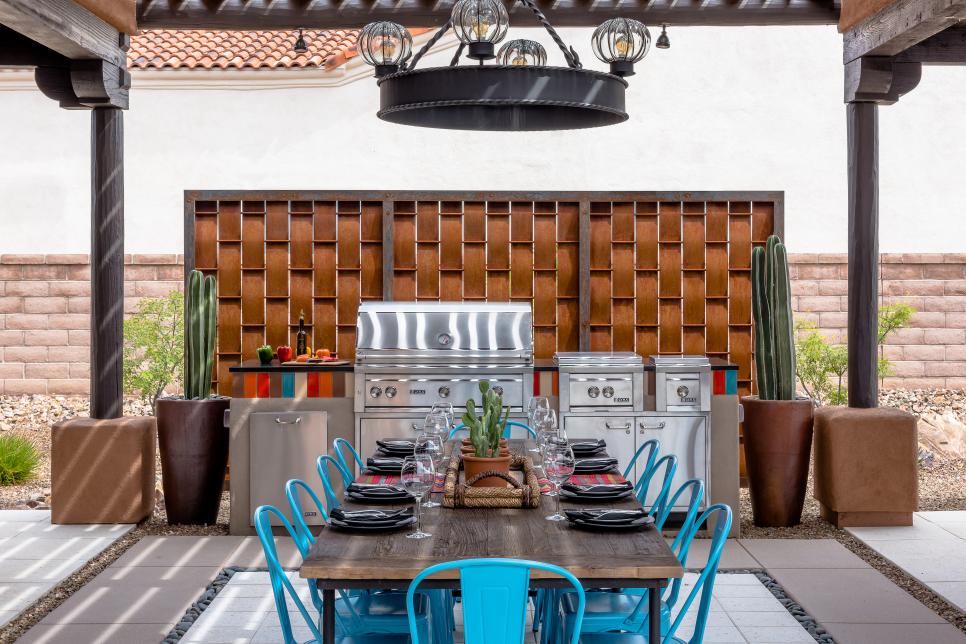How To Choose a Range Hood For Your Kitchen?
You've probably used a range hood in your kitchen to set off the smoke alarm. How do you choose the right range hood for you? These are some key points provided by Atlanta kitchen remodeling company to keep in mind as you weigh your options.
The Exhaust System
A ducted exhaust system is also known as a vented system. It uses ducts that channel air out and away from the house. This is the key word. This means that you cannot vent into any other interior space in your home, such as the attic. You probably know that a ducted system will require you to mount your kitchen fan to an exterior wall. This will make the ducting shorter and more efficient. The farther you are from an exterior wall, ducting and hood installation will become more difficult and more costly.
A non-vented exhaust system or duct-free system filters and cleans the air before it is directed outside. These systems are less efficient than ducted systems and require more maintenance, such as regular cleaning and replacement of filers. It's important to be aware of what you can expect.
Your Kitchen Layout
The layout of your kitchen will dictate how much space you have and how to place your oven hood. It is a good idea to place the hood at least 24-30 inches above your cooktop. However, it is important to always check the manufacturer's instructions to make sure. Kitchen vent hoods are available in a variety of configurations.
They can be attached to a wall, integrated into cabinets, part of an overhead canopy, or suspended from the ceiling above the island cooktops, depending on their configuration. Telescoping chimney hoods can be extended when needed or removed when not in use. A downdraft kitchen fan is another space-saving solution. It can be hung from a slot on the work surface and then stowed away when not in use.
Fan Power
The space's size will determine how powerful an exhaust fan should be to clean the air and prevent cooking smells. Calculate your requirements by multiplying the height of the kitchen ceiling by the area's length and width. This will determine the size of your kitchen. You should aim to choose a range that can replace or clean the air in that area no less than eight hours per hour.
Calculate Kitchen Hood Energy
It is possible to calculate how much air a kitchen fan can extract in an hour by doing some simple math. The fan's CFM, which stands for "Cubic feet per Minute," is a measure of fan power. For example, a fan with 1,000 CFM can remove all the air from a 10 x 10 x 10 ft area in one minute. Simply multiply the CFM by 60 to find out how much air a particular fan can remove in an hour. This is the number of minutes per hour.
Consider Range Hood Noise
Although you could opt for a powerful oven hood that can take off at high speeds, it may not be worth the effort. 7-Day Kitchen recommends that you choose a model that draws air toward the perimeter or edges of the hood rather than moving it across a large area. This not only makes the hood more efficient but also reduces the noise level. Before you take your hood home, make sure it is tested in the showroom.
Range Hood Styles
You want your vent hood to match the style of your kitchen. You'll need to be aware of the different finishes on the market as well as the maintenance required to keep them clean. You should consider the finish you choose, such as a shiny or brushed finish, or whether it is made of stainless steel or brass.
The overall appearance of the item, such as whether it is modern or traditional, or if it matches your home's architectural style, will also be important. You may also want to consider how easy it will fit into your kitchen. You may choose to make a statement by choosing a bold color or prominent location.
Be aware of the costs
Cost can vary like almost everything else you buy for your home. The cost of a hood will depend on its size, power, materials, and any special features such as heat sensors, automatic shutoff, and built-in lighting. Compare pricing online and do your research before you visit the store to get an idea of how much you can expect to pay.
Remember to include installation costs in your calculations. This is a task that may be best left to professionals. Remember that labor and materials such as connectors and fittings can quickly add up to much more than the cost of the hood.

